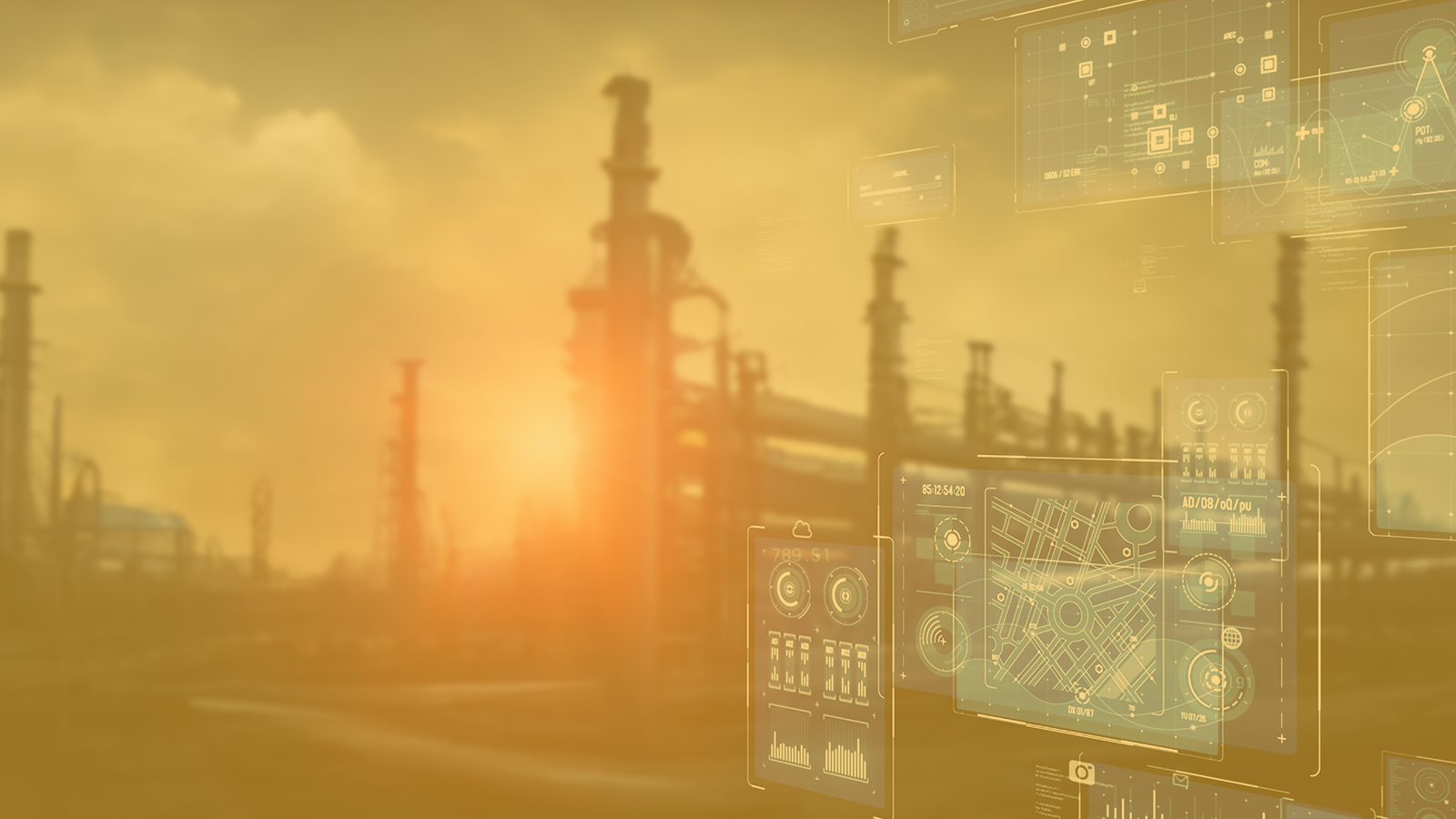
Machine Learning for Edge Computing in Space
Together with armasuisse S+T and the Institute for Sensors and Electronics at FHNW, Ateleris developed an advanced object detection model capable of identifying small objects, such as ships in satellite imagery and running it on an embedded system with hardware acceleration specifically designed for space applications, but applicable to many other applications, like drones or autonomous vehicles. A demo is available online, and a publication on the project in Geomatik Schweiz (in German) is also available online.
Edge computing in space offers significant advantages beyond traditional onboard data processing capabilities. It involves moving complex ground-based processing and autonomous decision-making algorithms to space-borne systems, resulting in optimized telemetry data transmission and real-time applications like in-orbit natural disaster detection.
However, implementing edge computing in space poses challenges due to limited hardware resources, including power, computational capacity, memory, and bandwidth. Failure in autonomous decision-making or onboard data handling can have severe consequences, jeopardizing mission success and data integrity.


In this joint research project with armasuisse S+T and the Institute for Sensors and Electronics, we aimed to extend our previous study and develop an efficient machine learning model capable of detecting small objects in satellite imagery, like ships and running it on an embedded platform with hardware acceleration.
To evaluate the performance of our models, we compiled a custom dataset of satellite imagery containing ships with resolutions of 0.1m/pixel and 0.5m/pixel from swisstopo.

The study was executed on a Xilinx UltraScale+ System-on-Chip (SoC), as it offers a configurable Deep Learning Processor Unit (DPU) to efficiently run an object detection machine learning model within its FPGA. We configured and tested several DPU configurations (small, medium, and large) to compare different speed and power profiles.
As the current DPUs only support 8-bit model weights, several evaluated YOLO-based machine learning models (YOLO stands for You Only Look Once) proved ineffective. Through our evaluation process, we discovered that quantization-aware training successfully mitigates the impact of quantization to a satisfactory degree.
Long-term, the combination of the onboard image preprocessing and computer vision capabilities can be used to identify and locate objects directly onboard an embedded device to generate and transmit actionable alerts.

Key Technologies/Terms
- Machine Learning with Pytorch
- YOLO Object Detection
- Xilinx UltraScale+ SoC
- Xilinx VitisAI
- Earth observation

armasuisse Science and Technology (S+T) is the technology centre of the Federal Department of Defence, Civil Protection and Sport DDPS. The area of space research (Research Program 8 (Space)) develops and tests the latest technologies for intelligence collection, command support, precision navigation and synchronisation.



